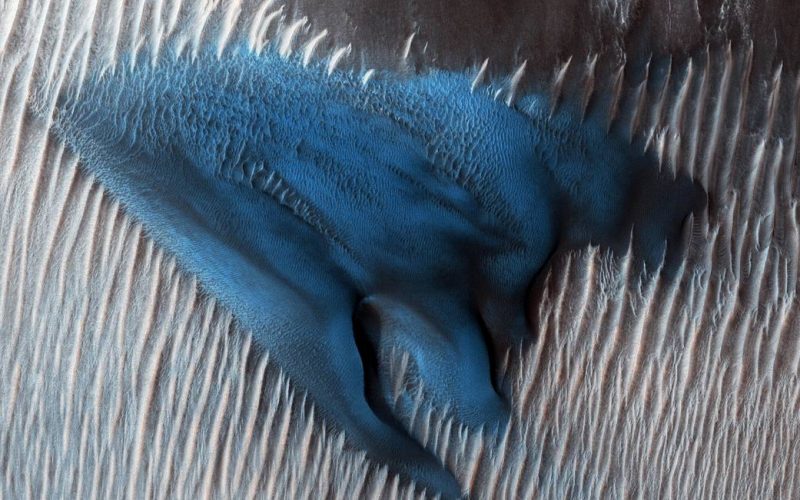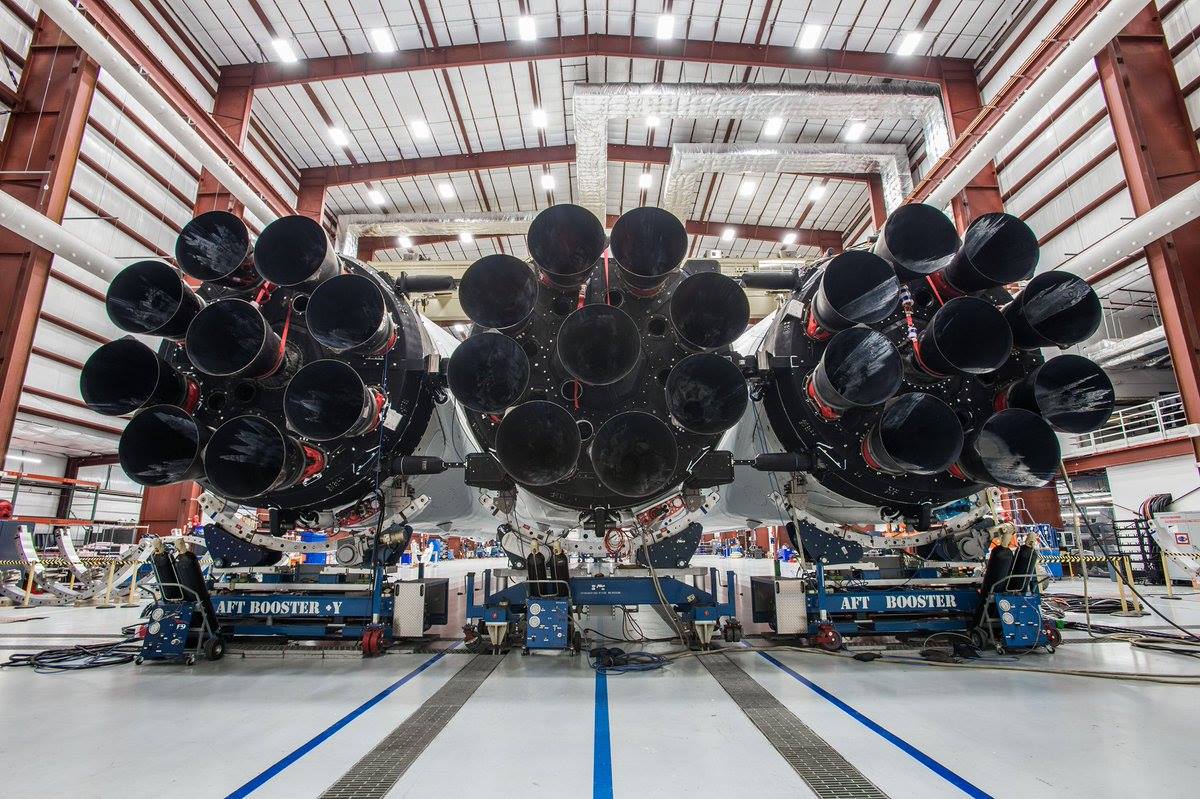It’s clear that the major players in the space industry like NASA, SpaceX, Boeing, and Lockheed Martin have their eyes on the red planet the ultimate destination. NASA is currently trying to formulate a plan with Lockheed Martin that will see the Orion spacecraft in lunar orbit as a practice for bringing humans to Mars. SpaceX has begun to design and manufacture a massive passenger ship. the Big Falcon Rocket, to take humans to Mars. The idea is that within the next few decades, humans will build a settlement on our neighboring planet and make a permanent home.
In order for humans to actually make a habitable situation for ourselves on an entirely different planet, we’ll have to know as much as we can about its geology and atmosphere. We also need to know about the planet’s past. Scientists and researchers mostly believe that Mars was once like Earth millions of years ago but slowly evolved into the cold lifeless planet it is today.
Just recently, NASA and the Jet Propulsion Laboratory announced the discovery of organic molecules that could be the building blocks of life on Mars. “With these new findings, Mars is telling us to stay the course and keep searching for evidence of life,” said Thomas Zurbuchen, associate administrator for the Science Mission Directorate at NASA Headquarters. “I’m confident that our ongoing and planned missions will unlock even more breathtaking discoveries on the Red Planet.”
“Curiosity has not determined the source of the organic molecules,” said Jen Eigenbrode of NASA’s Goddard Space Flight Center in Greenbelt, Maryland, who is the lead author of one of the two new Science papers. “Whether it holds a record of ancient life, was food for life, or has existed in the absence of life, organic matter in Martian materials holds chemical clues to planetary conditions and processes.”
In the years prior, NASA’s rovers have found evidence of lake beds and indicators that show the presence of large bodies of water on the Martian surface. “Our quest on Mars has been to ‘follow the water,’ in our search for life in the universe, and now we have convincing science that validates what we’ve long suspected,” said John Grunsfeld, astronaut and associate administrator of NASA’s Science Mission Directorate in Washington. “This is a significant development, as it appears to confirm that water — albeit briny — is flowing today on the surface of Mars.”
But what happened? Why isn’t Mars STILL like Earth? Because that would be really convenient for everybody. NASA thinks they know what might have caused the planet’s atmosphere to escape, leaving it exposed to radiation that transformed it into the cold dry world it is today. NASA’s Mars Atmosphere and Volatile Evolution (MAVEN) spacecraft have been sampling Mars’ atmosphere to determine what caused Mars to lose its atmosphere.
Unlike the previous rover missions such as Curiosity, Spirit, and Opportunity, MAVEN did not touch down on Mars but remained in orbit to study the planet’s atmospheric properties. NASA scientists designed MAVEN to determine why the atmosphere is so thin now and what happened to the planet’s moisture.
“Understanding what happened to the Mars atmosphere will inform our knowledge of the dynamics and evolution of any planetary atmosphere. Learning what can cause changes to a planet’s environment from one that could host microbes at the surface to one that doesn’t is important to know, and is a key question that is being addressed in NASA’s journey to Mars,” said John Grunsfeld, associate administrator for NASA’s science mission directorate.
In order to determine what happened to Mars’ water, we have to understand what happened to its atmosphere. Thanks to the MAVEN spacecraft, we know that Mars is losing its atmosphere at a rate of 100 grams per second which is like the planet shedding one quarter-pounder each second. This may seem like a lot but at this rate it would take billions of years for the planet to lose its atmosphere, indicating to scientists that the rate of escape must have been more significant in the past.
New data indicates that Mars lost a substantial amount of its atmosphere early on in its history, and the process could be driven by periods of intense solar bursts. The science team reached this conclusion after studying a particular set of MAVEN data collected earlier this year. On March 8, 2015 MAVEN observed an interplanetary coronal mass ejection (ICME), which is a burst of gas and magnetism emitted by the Sun.
During the solar event, MAVEN monitored both Mars’ magnetic field and atmospheric ionization. The data showed that as the planet was struck by the ICME, strong magnetic rotations in the form of rope-like tendrils within Mars’ magnetic field fluxed as high as 3,107 miles (5,000 kilometers) into space.
At the same time, MAVEN’s instruments observed dramatic spikes in the number of ions spewing into space, with the highest concentration occurring along the flux ropes. So, basically, the magnetic tendrils served as slingshots, launching oxygen (O2+) and carbon dioxide (CO2+) ions into space. ICME-like conditions are thought to be prevalent early on in the Solar System’s history, which suggests that ion escape rates at that time were driven by major solar events.
As part of its mission, MAVEN has conducted several dips into the Martian atmosphere in order to learn more about the planet’s thermosphere and ionosphere. MAVEN data shows a massive vertical temperature gradient indicating that a continuous mixing of carbon dioxide, argon, and nitrogen dioxide is occurring.
Researchers have also measured higher amounts of oxygen than previously predicted. MAVEN detected a substantial difference in the densities of these elements at an altitude of 124 miles (200 kilometers) that varied significantly from orbit to orbit. The density variations along with the temperature differences show that the structure of the upper atmosphere also varies from orbit to orbit. This could be driven from below, by small-scale atmospheric mixing processes or interactions between global winds and gravity waves. Variations in both density and temperature occurring at high altitudes play a role in the atmospheric escape. Understanding how the solar wind interacts with the Martian atmosphere and what effect the interaction has on atmospheric escape will help scientists better determine what happened to Mars’ atmosphere.
“Like the theft of a few coins from a cash register every day, the loss becomes significant over time,” said Bruce Jakosky, MAVEN principal investigator at the University of Colorado, Boulder. “We’ve seen that the atmospheric erosion increases significantly during solar storms, so we think the loss rate was much higher billions of years ago when the sun was young and more active.”









